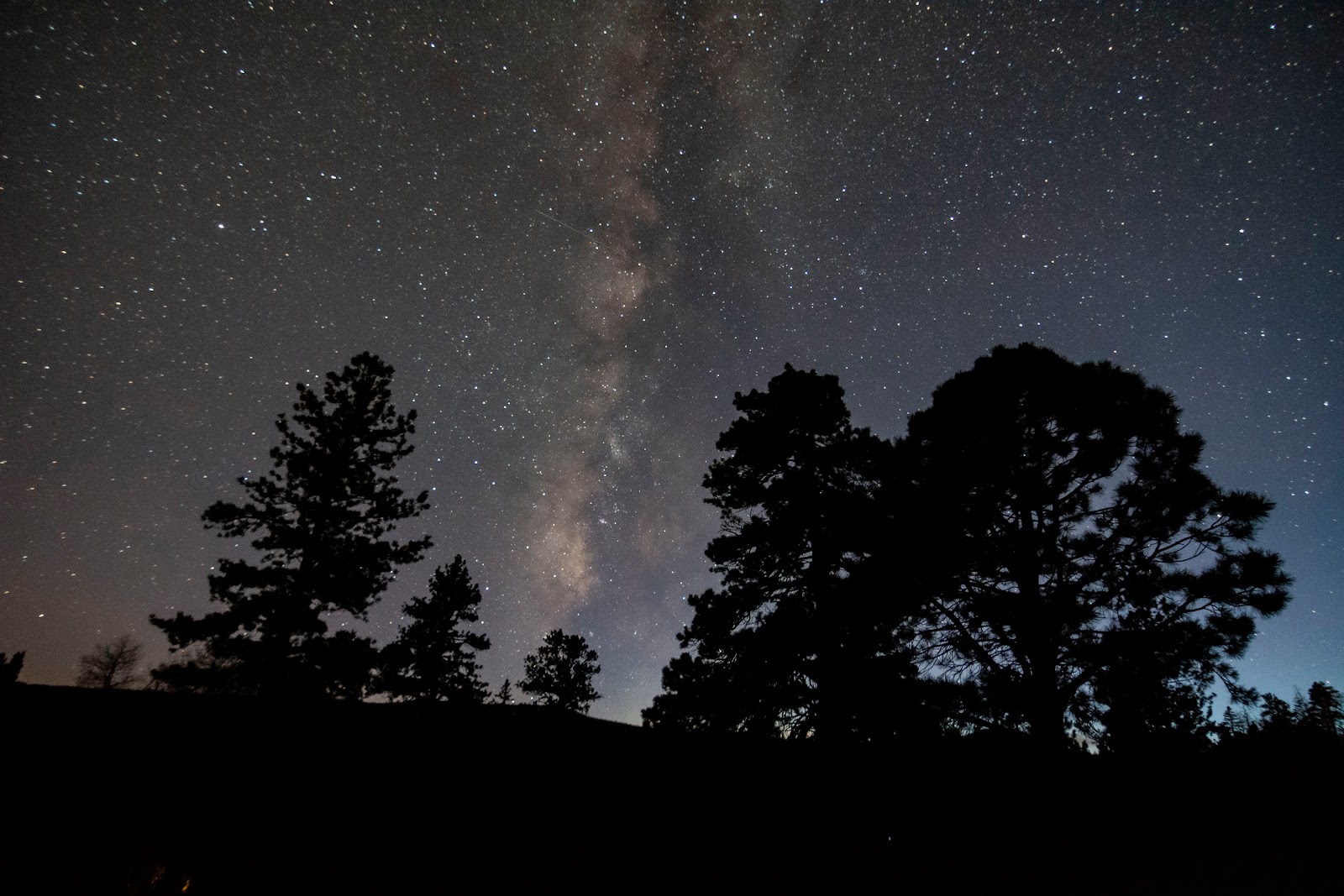Introduction
January proved to be an excellent month for stargazing if the clouds and stormy weather were not interfering. I was able to watch the occultation of Antares by the Moon, watch Venus sink closer to the eastern horizon throughout the month, see Jupiter climb higher in the sky each evening, and see constellations trek across our celestial sphere. Unfortunately, I missed Mercury and Mars's rare and great conjunction this month.
February will offer a few out-of-the-ordinary events that stargazers should try to see. There will be a chance to view a few different comets this month; the most notable is Pons-Brooks, which may reach unaided-eye visibility later this year. A conjunction will occur between Mars and Venus near the end of the month. Saturn will reach conjunction with the Sun. Neptune and Uranus will be visible most of the night but require a pair of binoculars to observe. The zodiacal light will be visible above the western horizon during the month after sunset.
Mercury had a recent conjunction with the Red Planet and will soon sink below the eastern horizon as it reaches superior conjunction with the Sun. However, on February 1st, observers can spot brilliant Venus, Mercury, and dim Mars spanning about 15° across the eastern horizon. A few short days later, Mercury will be too close to our star to be seen. Mercury will reach superior conjunction with the Sun on the 28th.
Venus will be easy to spot during the first few weeks of February as it shines brightly above the eastern horizon before sunrise. As the month marches on, our sister planet will sink closer to the horizon as it nears conjunction with the Sun. Before this happens, Venus will be one in a pair of objects that may be the month's highlight. Before sunrise on the 22nd, observers can see a conjunction between Mars and Venus. This pair of planets will be less than 1° apart from our Earthly perspective. Observers may watch these planets converge on one another in the days leading up to their conjunction. Venus will fall closer to the eastern horizon as it approaches the Sun, while Mars rises earlier above the same horizon as it attempts to move away from our star. The Moon will join Venus in the sky on the 7th when the pair can be found just 5° apart.
The two ice giants will be visible throughout most of the night during February. They can be viewed through binoculars but will look their best through a telescope. Uranus is currently about twenty times the distance from the Earth as the Earth is from the Sun. This greenish-blue planet can be seen floating in the sky less than 15° to the southwest of the Pleiades, which is a spectacular object to be viewed through binoculars. Midway through February, a First Quarter Moon will be just 3° away from Uranus. This planet will reside within the boundary of Aries the Ram throughout the month.
Neptune lags behind Saturn and will best be viewed in early February. This blue planet will be found in Pisces, the Fish during the month. The nearly New Moon can be found less than a degree below Neptune on the 12th, helping observers locate this most distant world.

Comets and the Zodiacal Light
February lacks a major meteor shower but will offer observers the opportunity to view a few different comets. The first is Pons-Brooks, which can be found above Cygnus the Swan, heading towards Pegasus during the first few nights of the month. During this time, Pons-Brooks will glow at a dim magnitude averaging about 9.0. As the month continues, Pons-Brooks will brighten and end the month at an expected magnitude of 7.38, just below the belly of Pegasus. A pair of binoculars will be required to view this comet. It is expected that Pons-Brooks will brighten to within unaided-eye visibility in March.
The next comet is Kushida, which will require a larger telescope, at least an 8-inch, to view due to its low magnitude. A properly equipped observer can find this comet passing through the Hyades star cluster in Taurus the Bull, near Orion. On the 9th and 10th of February, Kushida will be found near Aldebaran, the red eye of Taurus.
The next comet, Tsuchinshan, will need a 4-inch telescope to view during the first week of February; afterwards, it will fade and require a larger telescope. Tsuchinshan can be seen passing through Virgo and will best be viewed near midnight as it will be higher above the eastern horizon.
The final comet in this list, the brightest of the ones mentioned, is C/2021 S3 (PanSTARRS). This comet will shine at magnitude 7 and be visible in the early morning sky. C/2021 S3 can be found near Antares. As with all comets, their brightness is unpredictable. I recommend using a star chart or a favorite stargazing app, such as Stellarium, to find the specific comet on the night of observation.
February is also a great month for viewing the Zodiacal Light. This light is created by sunlight being reflected off of debris that litters the ecliptic, or path of the planets, in the night sky. A dark sky site is required, and a high elevation will also increase the chance to view the Zodiacal Light. I viewed this phenomenon in 2023 and plan to share images I captured in a future post.
February 02: Last Quarter Moon🌗
February 04: Moon passes within 1° of Antares
February 07: Moon passes within 5° of Venus
February 08: Moon passes within 4° of Mars
February 09: New Moon 🌑
February 10: Moon passes within 2° of Saturn
February 12: Moon passes within 1° of Neptune
February 15: Moon passes within 3° of Jupiter
February 15: Moon passes within 3° of Uranus
February 16: First Quarter Moon 🌓
February 22: Venus and Mars conjunction
February 24: Full Moon 🌕
February 28: Mercury reaches superior conjunction
February 28: Saturn reaches conjunction with the Sun










